Unique Tet celebrations of ethnic minorities in Bac Giang
Promoting the national identity
In the cold weather of the last days of the lunar year, when the cherry blossoms were blooming, we and the staff of the district Division of Ethnic Affairs came to the upland commune of Ho Dap, where more than 75 percent of the population are Nung ethnic minorities. Like many other Nung families in Luc Ngan, Luc Van Deo's family in Na Hem hamlet was preparing to celebrate Tet in accordance with the customs of their own group. “Nung ethnic people celebrate Tet from the 25th day of the 12th lunar month to the 15th day of the first lunar month next. In these days, the incense on the ancestral altar is never turned off but must be lit continuously”, Deo said.
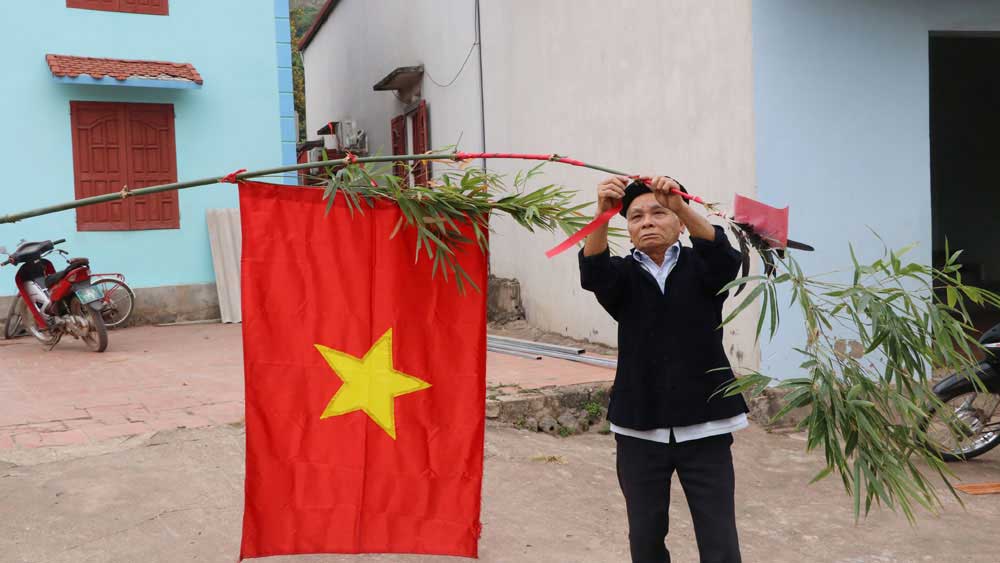 |
|
Luc Van Deo is decorating the ‘neu’ pole to prepare for Tet. |
According to Deo, planting the ‘neu’ pole (a tall bamboo tree with red garment strips used to ward off evil spirits during Tet) is an indispensable cultural feature in the Tet occasion of the Nung people. Before the pole is erected in front of the house, the homeowner will decorate it with the rooster feathers on the top, balloons and, importantly, a red flag with a yellow star. Then they roll red paper around the pole. Along with the ‘neu’ pole planting, on the 30th day of the last lunar month, the Nung stick red paper around the house, including in front of the doors, the altar and the trees in the garden... because they think red paper represents luck, meaning the family will meet many good things in the new year.
During Tet, each Nung family makes three meal trays, each with a boiled chicken, five cups of wine, and ‘banh chung’ (square glutinous rice cake) to worship ancestors, the God of Kitchen and the guardian of the family (also known as Ke), who has had the merit of protecting the safety of the family from ancient times. Therefore, every Nung family here set up an altar worshipping Ke to express their gratitude to the person who has made merit to the whole family. In addition, the Nung people also have the custom of worshiping the God of Land. Each hamlet of the Nung people has a shrine to worship the God of Land or many families living together on the same plot of land build a shrine to worship this God.
The celebration of the traditional Lunar New Year of the San Diu ethnic people in the district is also very beautiful and unique. Near Tet, every family prepares red paper to decorate the house, such as the ancestral altar, in front of doors, gate and poultry and livestock barns, trees or production items. On the ancestral altar, in addition to ‘banh chung’, pork, chicken meat, white wine, fruits, confectionery and votive things, two canola plants are indispensable. This is the symbol of a year of good harvest and victory, good health and solidarity. On the morning of the first day of the Lunar New Year, San Diu people do not eat meat but vegetarian food.
In the New Year celebration of San Diu people in Luc Ngan, there is the custom of carrying water on the morning of the first day of the Lunar New Year. Early in the morning, descendants in the family go to the river and stream carrying water containers together with a piece of ‘banh chung’ and money, then burn incense and ask the gods to allow them to buy water home. If the water containers are heavy, that year the family will make a fortune.
Preserving the traditional beauty
According to statistics, ethnic minorities account for 51 percent of the district's population, mainly the Nung, San Diu, San Chi and Dao. They mainly live in communes: Ho Dap, Tan Hoa, Giap Son, Quy Son, Phong Minh, Deo Gia and Tan Lap. According to Hoang Van Oanh, head of the district Division of Ethnic Affairs, one of the unique cultural beauties of the ethnic people is the organization of question-answer and love-exchange singing. In each village, groups of young and middle-aged people and even the elderly, each consisting of 4-8 people, are divided into male and female sides. They gather to sing at the cultural house or the yard of the communal house or the pagoda, even in a large garden or by the stream. In particular, it is an honor for families when guests come to sing at their homes. Because of that, the houseowners are very excited and welcome guests warmly and thoughtfully.
“Many traditions and customs of the ethnic minorities have been changed to avoid cumbersomeness and wastefulness. However, the custom of celebrating the Lunar New Year is still preserved because it bears the cultural identity of each ethnic group, and at the same time shows the cultural beauty, uniqueness and richness in the great family of Vietnamese ethnic groups,” said Hoang Van Oanh.
Quang Huan
 Bắc Ninh
Bắc Ninh


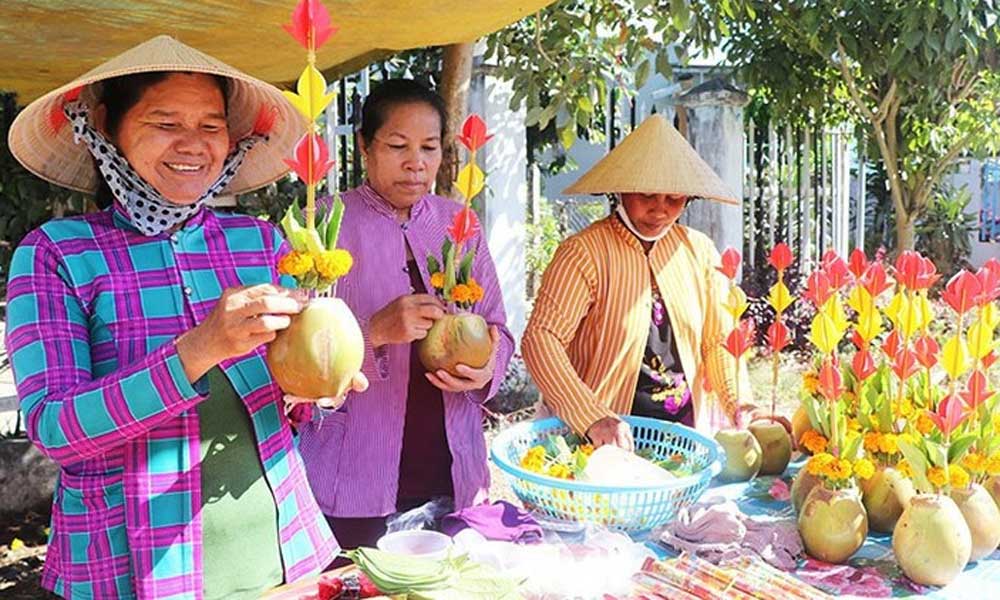
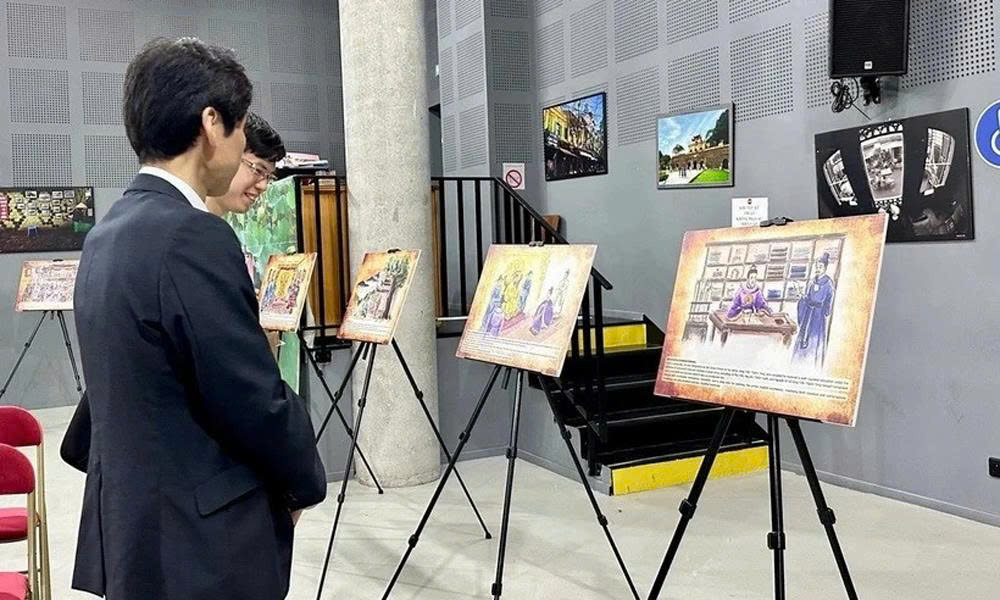
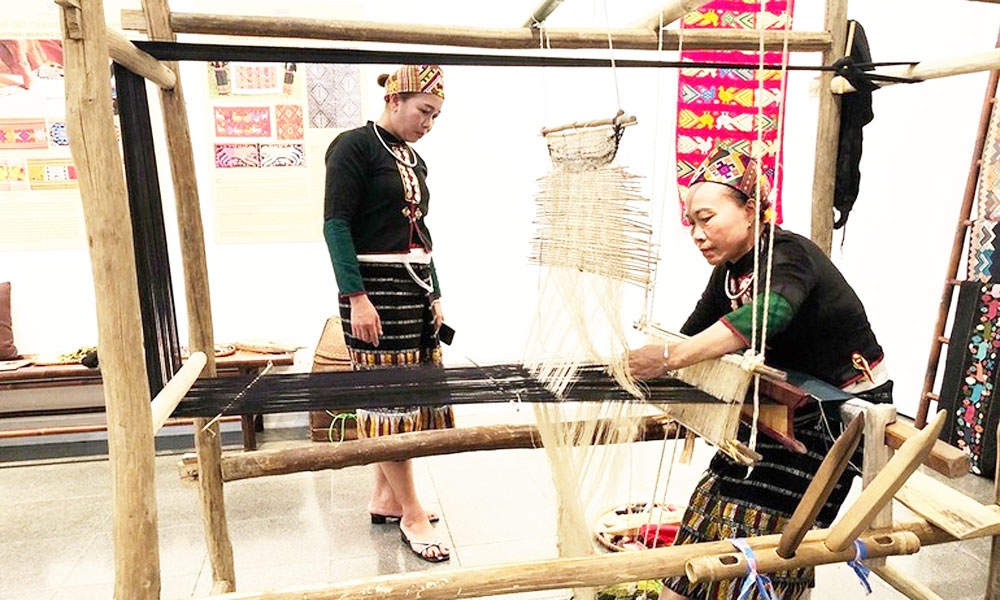
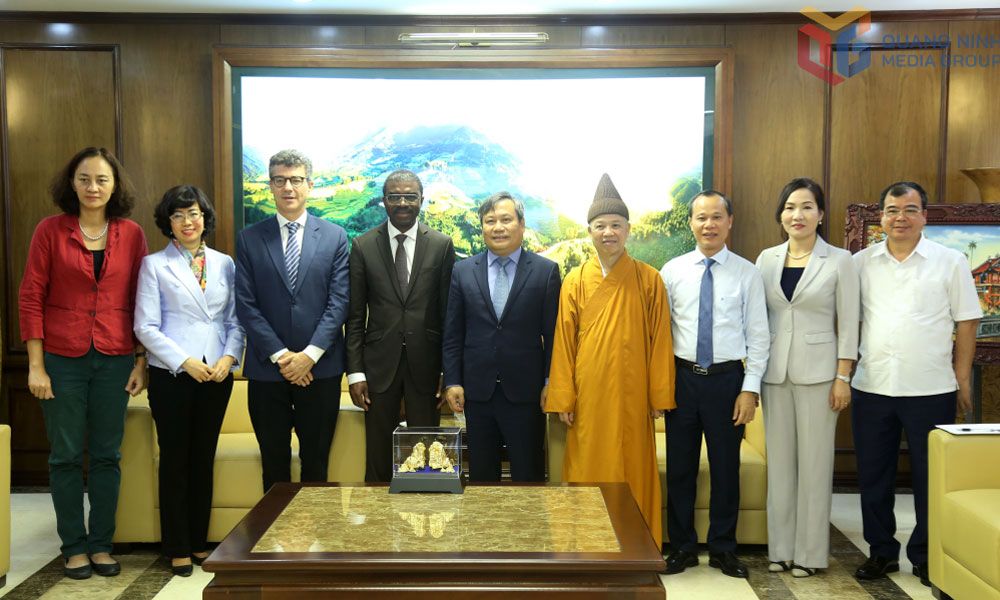
.jpg)


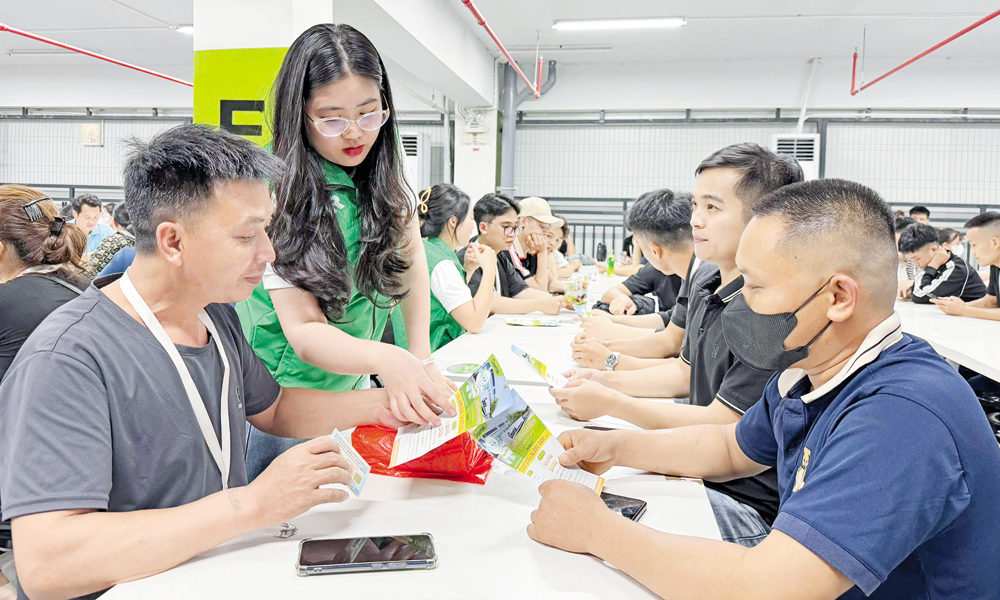
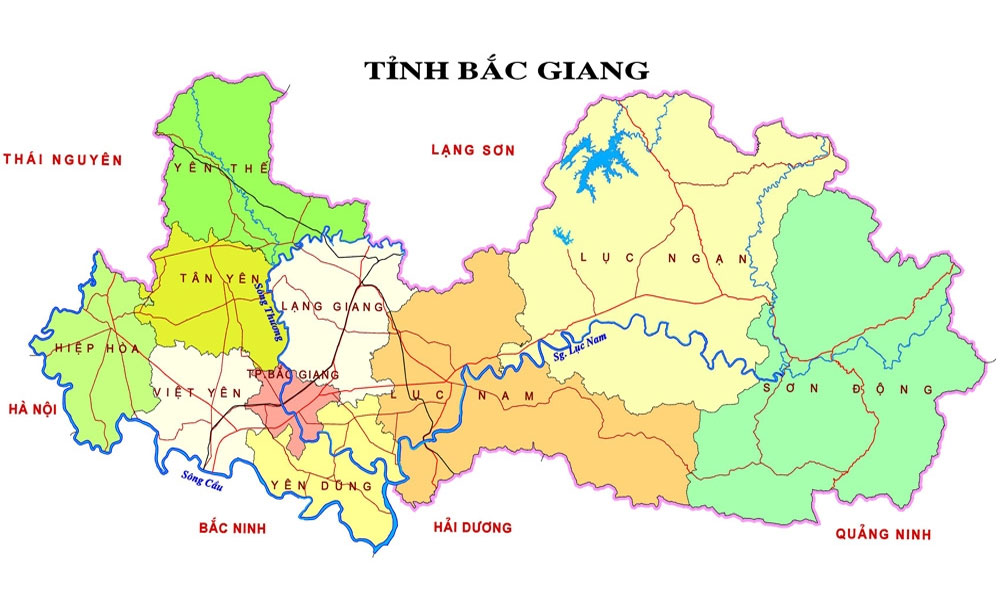

Reader's comments (0)